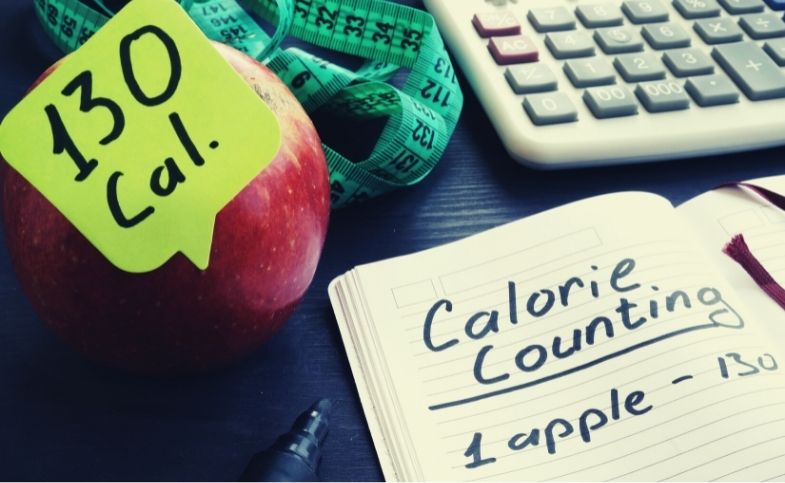You may not have heard of polyglutamic acid before, but if you’re seeking for a product to help moisturize, smooth, and plump your skin, you’re about to.
Polyglutamic acid may not have the same name recognition as hyaluronic acid or receive as much attention as vitamin C, yet it is one skin hydrator that can bring us all together. Discover the best polyglutamic acid skin care products now available on the market, as well as how to use them, from the advice of our experts.
What Is Polyglutamic Acid and Why Is It Important?
Dr. Marko Lens, inventor of Zelens, describes polyglutamic acid as a “multifunctional biopolymer” made by bacterial fermetation of L-glutamic acid. Translated for the layperson? The peptide’s high humectant qualities imply it draws moisture from the air and traps it close to the skin’s surface.
For What Skin Types Is Polyglutamic Acid Effective?
Polyglutamic acid, like the vast majority of humectants, is well-liked by people with a wide variety of skin types. It is ideal for those with “dry, dull, stressed, and tired skin,” as put out by Dr. Lens. In addition, those with sensitive skin can participate with little fear of a negative reaction because there are no known counteracting components.
Polyglutamic Acid vs. Hyaluronic Acid
At this point, you should feel quite at home; and, yes, polyglutamic acid does function similarly to your trusted hyaluronic acid. Surprisingly, though, the former can moisturize skin even better.
Dr. Lens notes that polyglutamic acid is frequently compared to hyaluronic acid since they both possess similar moisturizing qualities. To clarify, “polyglutamic acid can hold up to five times more moisture than hyaluronic acid – it’s really an excellent humectant,” yet the vast majority of people are unaware of this fact.
Polyglutamic acid is closer to the skin’s surface than HA because of its higher molecular weight. This may sound bad, but it actually means that your product will do a fantastic job of smoothing the face’s outermost layers, which will result in visibly improved skin (think plumper, glowier skin) and a foundation that fits wonderfully above it.
View this post on Instagram
The question then becomes why hyaluronic has been so successful for so long. Dr. Lens attributes this to advertising and user familiarity. Since it is common knowledge that hyaluronic acid occurs naturally in human skin, its application as a dermal (injectable) filler has proliferated. Actually you don’t have to pick just one; many of our favorite products mix both to maximize moisturizing effects.
Polyglutamic Acid: How To Use It?
Since polyglutamic acid is simple to incorporate into new products, it is currently showing up in a wide variety of consumer goods. The obvious choice is a serum; use it after cleansing, when skin is still damp, and follow up with a moisturizer to lock in all that moisture.
You can get polyglutamic acid in face maskes, creams, and even some makeup if you don’t want to give up your current favorite serum. Dewy glass skin is inevitable no matter what you do.
Find out which skincare heroes fuzionistas actually recommend below.
If you have trouble maintaining calm and clear skin due to frequent outbreaks of redness, this is the option for you. First and foremost, it’s a skin soother; it’s formulated to treat dryness and irritation, and it does an excellent job with flaky dry skin. Use it together with the coordinating moisturizer for maximum results.
Simply put, this is a fantastic, no-frills serum that boosts moisture without being too much for the skin. Apply it liberally morning, noon, and night; it works wonders under cosmetics.
In addition to its many medical uses, polyglutamic acid has found success in the beauty industry, particularly in “dewy” base products. This ingenious formula combines a brightening pigment with a moisturizing ingredient to give skin a radiant appearance and feel. Use one drop to enhance your foundation, or use it on top of your sunscreen.
This product from the Hungarian skincare line contains retinal, which is not a misspelling but a vitamin A derivative that only needs to be converted once to a retinoic acid before it begins its rapid skin-improving effects. Glycerin, hyaluronic acid, jojoba oil, and polyglutamic acid are included in addition to bakuchiol, a mild retinol substitute that helps increase collagen formation and diminish fine wrinkles. The morning after using it, your skin will be silky smooth and its bright yellow formula will have spread out easily.
For a long time, we’ve had doubts about the efficacy of mists as a form of skincare because so much of the substance is wasted as it floats around in the air instead of landing on your face. In any case, we’ve come to appreciate this for a refreshing jolt of hydration, whether we’re wearing no makeup or a full face. There is a high percentage of watermelon in the formula (84%, the highest on the list), along with hyaluronic and polyglutamic acids, glycerin, amino acids, and pumpkin seed oil, which gives the spray its fine texture and enticing watermelon aroma.












